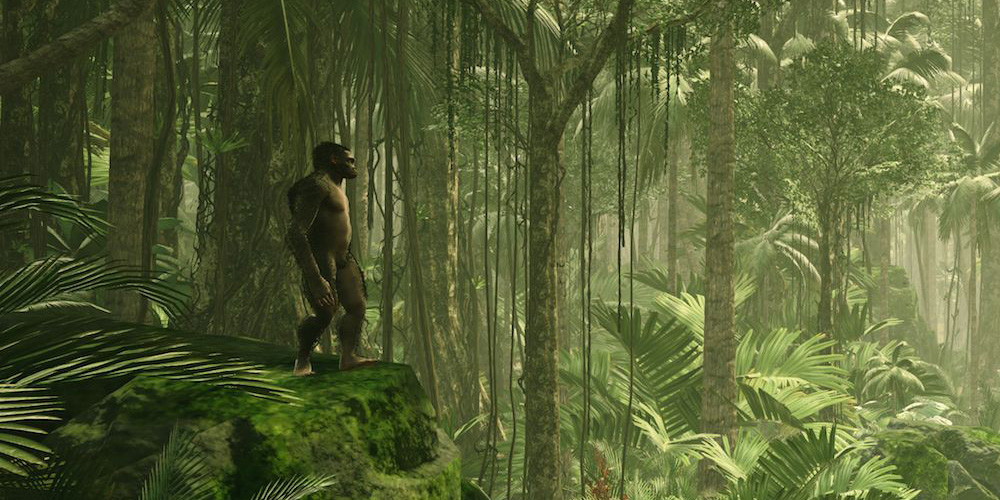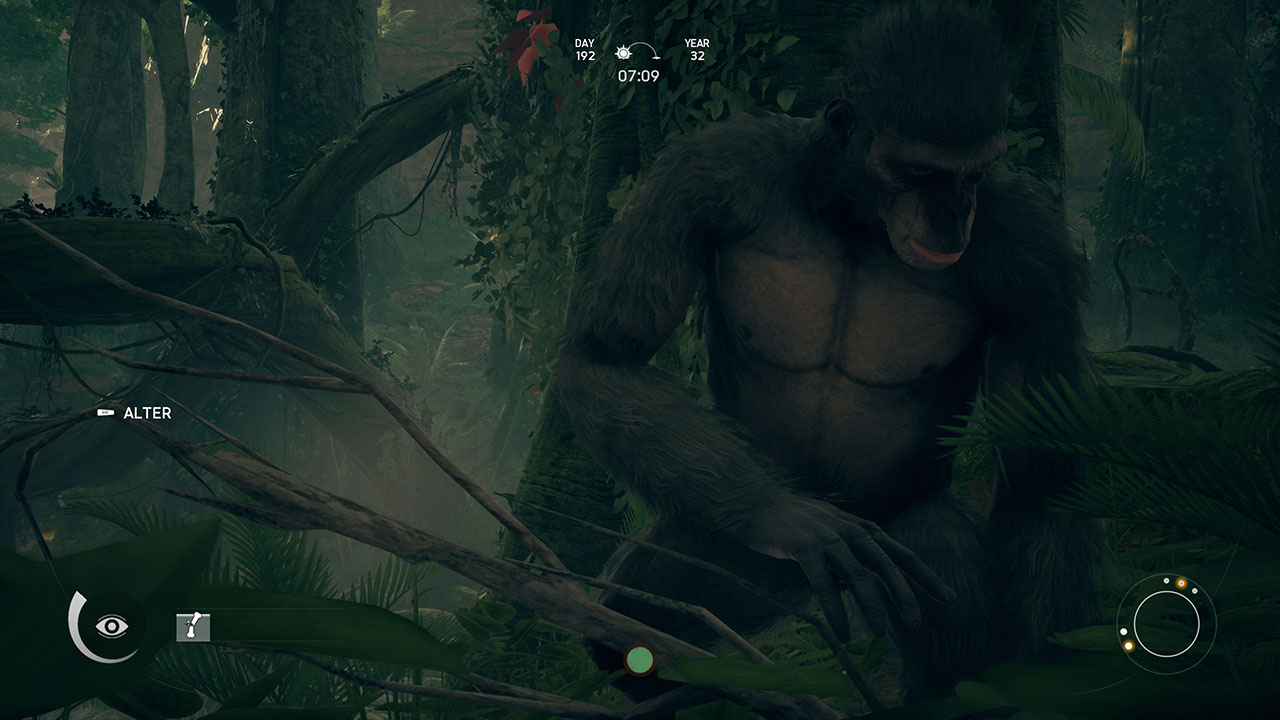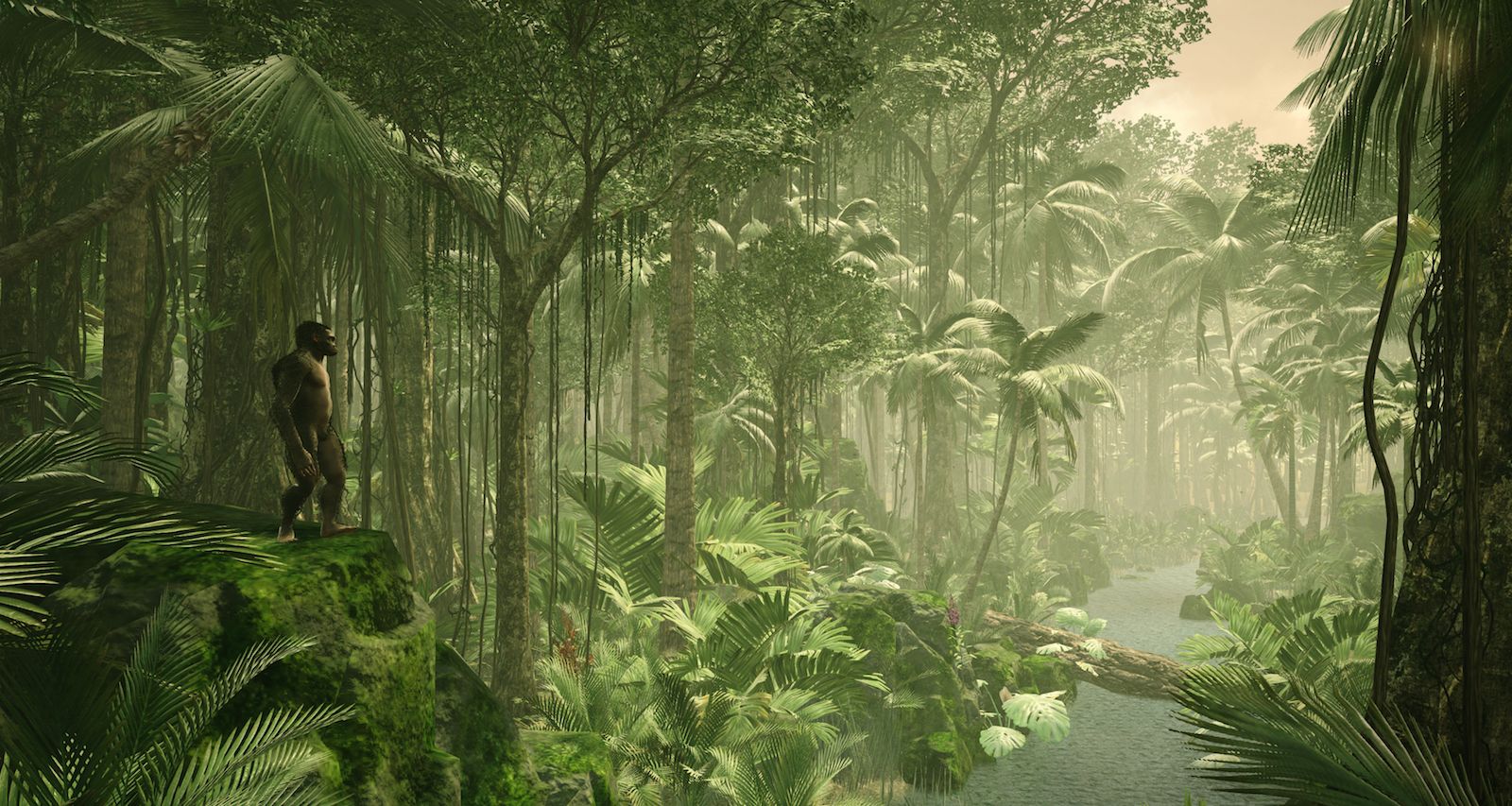

Our earliest ancestors arose in Africa some 6 million years ago, although the earliest remains of those belonging to our branch of the family tree – that of Homo – only date back to 2.8 million years ago. However, while it appears that people were in this region very early, humanity remains an African invention. Who were these early explorers? All signs point to hominids of the genus Homo (simply meaning “man”) – early people, some of whom led to our modern selves.Īn onslaught of recent findings from Asia has prompted some researchers to suggest that humans came “ Out of Asia”.

How are stone tools made? An expert explains. Some 96 tools were found in situ – that is, still in the ground and undisturbed – and have shapes and traces of working recognisable to the archaeologist as distinctly human-made. Presented in the new paper today, evidence for this earlier – and further – human movement comes in the form of flaked stone tools found in sediments at Shangchen, in the southern Chinese Loess Plateau. Ancient sites of global hominin presence. Previously, we knew that people were wandering around eastern Europe by 1.85 million years ago, as their bones and tools were discovered at a cave site called Dmanisi in Georgia.

This long excursion – once thought only to have been attempted late in the journey of humankind – has been getting pushed further and further back in time thanks to advancing archaeological research.įindings published in Nature today have extended the start of our worldwide trekking back to beyond 2.1 million years ago. Looking for food, water and maybe adventure? UnsplashĬan you imagine walking 14,000km? Trekking across wide savannas, down creek beds, along mountain chains in terrain that is new and home to foreign types of plants and animals? Can I eat this? What is that? One of the 2 million-year-old stone tools discovered at Shangchen, China.


 0 kommentar(er)
0 kommentar(er)
